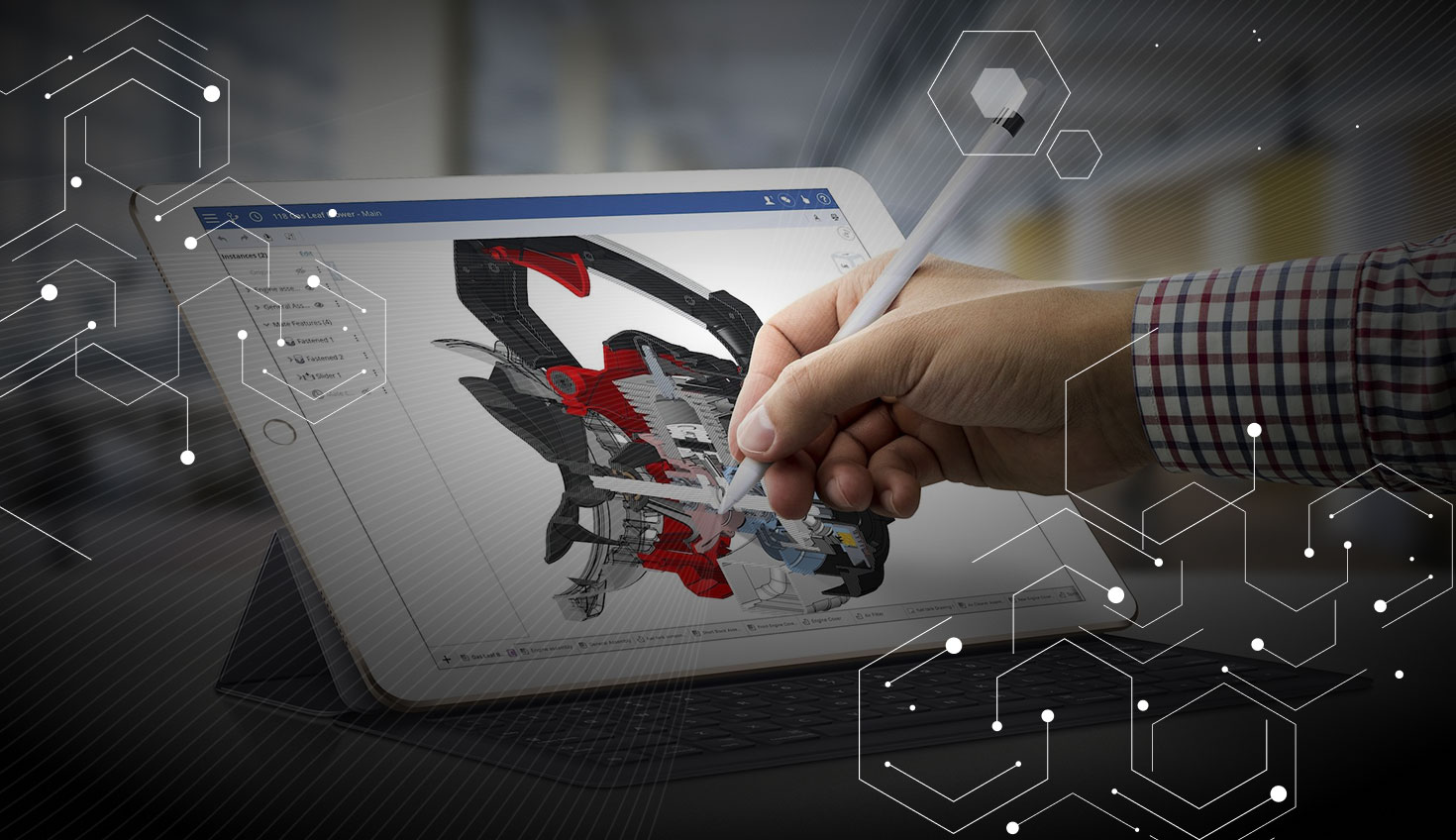In the dynamic realm of Computer-Aided Design (CAD), the integration of Artificial Intelligence (AI) is reshaping the landscape for designers and engineers. Rather than being a harbinger of job displacement, AI is emerging as a powerful ally, transforming routine tasks and amplifying creative potential.
AI is the harbinger of a new era in CAD, where repetitive tasks are no longer a bottleneck for innovation. Designers find themselves liberated from the shackles of mundane chores as AI seamlessly automates the intricacies of design creation.
2. A Symphony of Creativity
The advent of AI introduces a symphony of creativity. Designers can now harness the potential of AI to suggest alternative design options, expanding the horizon of possibilities. This synergy between human ingenuity and machine-generated insights sparks a renaissance in creative exploration.
3. Speed, Efficiency, and Optimization
The need for speed is met with AI's capability to optimize designs and streamline the engineering process. Faster product development cycles and resource-efficient methodologies become the new norm, setting the stage for unprecedented efficiency.
4. Generative Design: Crafting the Future
Generative design, an offspring of CAD and AI, is at the forefront of this revolution. By leveraging AI algorithms, designers explore a multitude of design options, each tailored to specific parameters. The result is not just a design; it's a manifestation of intelligent exploration.
5. Job Transformation: Augmentation, Not Replacement
Contrary to fears of job displacement, AI is more likely to transform roles, freeing up time for designers and engineers to focus on higher-order problem-solving. The AI-driven augmentation allows for a shift from routine tasks to strategic, creative endeavors.
AI systems, equipped with the ability to learn from past designs and outcomes, continuously refine their suggestions. This iterative learning process ensures that each design iteration is more informed than the last, contributing to a perpetual cycle of improvement.
7. Collaboration in the Digital Age
In the digital age, AI fosters collaboration. By providing a common platform for data analysis and design exploration, it breaks down silos between designers and engineers. The result is a seamless synergy of skills, where humans and AI collaborate to achieve unprecedented feats.
8. Challenges and Ethical Considerations
The integration of AI in CAD design brings forth challenges. Ensuring the accuracy of AI-generated designs, addressing ethical concerns, and adapting to the evolving nature of AI technologies are critical aspects that demand attention.
In conclusion, the marriage of AI and CAD heralds a transformative era where designers and engineers are elevated to new heights of creativity and efficiency. Far from replacing human expertise, AI becomes a catalyst for innovation, enabling professionals to redefine their roles and embrace a future where the boundaries of what's possible are continually pushed.
Some of the CAD Software companies are already started like Autodesk, PTC Creo, Onshape, Siemens PLM, Dassault Systems etc.








0 Comments